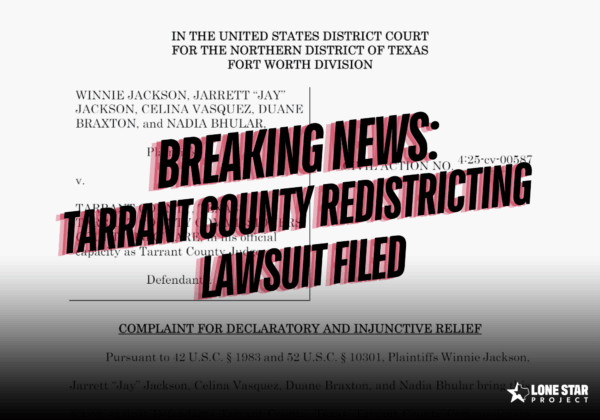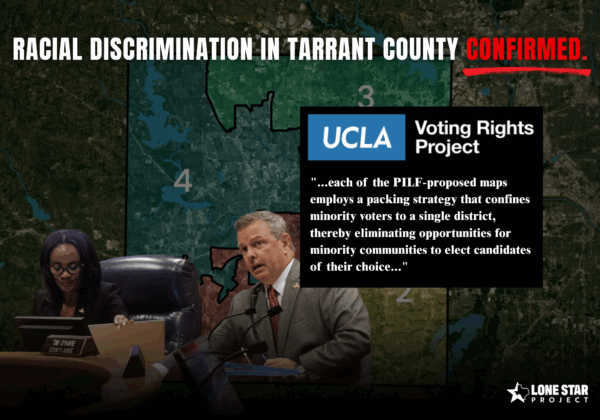Under the now overturned Republican plan, minority voters would have the controlling voice in only 10 of 36 districts. Republicans would control 26 districts. Under the Court-drawn plan, this dramatic racial and partisan imbalance is corrected. Minorities would have the controlling voice in 13 districts. The breakdown of the two plans is below.
States Plan | Court Proposed Plan | |
| Hispanic Opportunity Districts | 7 | 8 |
| African American Opportunity Districts | 3 | 3 |
| Minority Coalition Districts | 0 | 2 |
| Total Minority Opportunity Districts | 10 | 13 |
The Court has asked for comments or objections to the map by noon on Friday, November 25th. When the map is ordered, Texas Republican leaders are expected to immediately request a stay from the US Supreme Court preventing implementation of the Court’s plan. However, the chance that the Supreme Court will grant a stay is remote.
Political Impact
The map helps restore partisan fairness to the Texas Congressional Delegation. While Democrats statewide normally win between 41 and 45 percent of the vote statewide, the State-passed plan gave Democrats just 25 percent of the Congressional seats (9 of 36 seats). The Court proposed plan makes it likely that Democrats will win at least 36 percent of the seats in the delegation (13 of 36).
Likely Democratic Seats
- Eight Hispanic opportunity districts which should favor Democratic candidates in the General Election. CD 23 is not a safe Democratic seat, but should be won by a strong Democratic candidate in almost any election climate. State Representative Pete Gallego certainly fits that description. District 35 is a new District that runs from San Antonio north to Hays County. Look for Joaquin Castro to run in this seat.
- Three African American opportunity districts which should favor Democratic candidates in the General Election. These districts are likely to elect the Democratic incumbents.
- Two Minority Coalition Districts which should favor Democratic candidates in the General Election. CD25 is a Travis-county based majority minority district that will likely re-elect Congressman Lloyd Doggett. The second is a new district, CD33, which is entirely in Tarrant County and includes large minority neighborhoods in Fort Worth and Arlington. State Representative Marc Veasey will run, and likely win this district, which Obama carried easily in both the 2008 Democratic Primary and General Election.
Likely Republican Seats
There are 21 Anglo controlled districts that favor Republican candidates in the fall.
Swing/Lean Republican Seats
The Court unexpectedly created two seats that lean Republican, but could be won by a qualified centrist Democrat.
- CD 6, currently represented by Republican Joe Barton, is just 39.4 percent Anglo. The District includes fast growing Hispanic areas in Dallas County like North Oak Cliff, South Irving and Grand Prairie. It also includes growing African American communities in Cedar Hill and Duncanville. The District extends south of Dallas County to include largely Anglo Ellis and Navarro counties. In 2008, Democratic Supreme Court Candidate Sam Houston received 47.5 percent of the vote while President Obama received 44.8 percent.
- CD14 is on the gulf coast and includes parts of Brazoria, Galveston and Jefferson Counties. The District was formerly represented by Ron Paul who has announced he won’t run for reelection. While President Obama won just 41.9 percent of the vote, downballot candidates like Sam Houston won 47.3 percent of the vote. Much of this district was represented by former Democratic Congressman Nick Lampson


